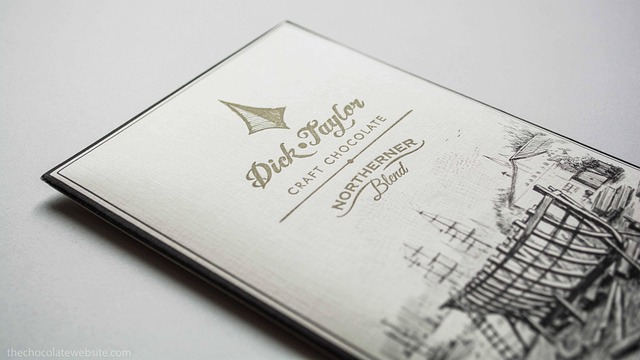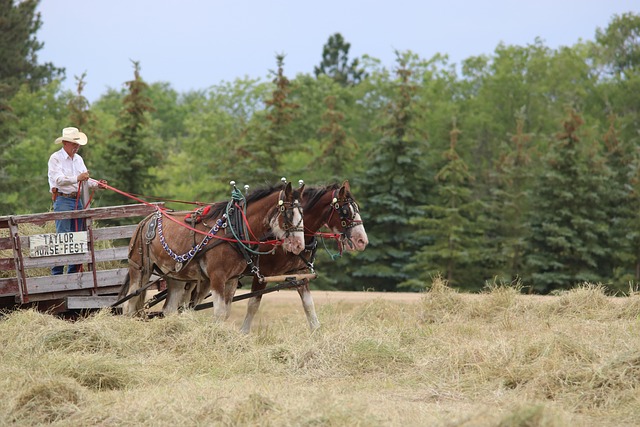Preserving historical real estate is a powerful means of reconnecting with our past, honoring pioneer heritage, and safeguarding cultural narratives. Global communities protect architectural treasures through restoration, adaptive reuse, and thoughtful development, stimulating local economies and fostering community pride. Traditional values influence real estate markets, shaping neighborhoods and property preferences based on distinct identities and needs. Celebrating pioneer heritage involves meticulously restoring and maintaining heritage sites, preserving stories of early settlers and educating current and future generations.
In a world where modern developments dominate the landscape, there’s a growing appreciation for the charm and history embedded in traditional real estate. This article delves into the significance of preserving historical properties, exploring how they safeguard our past while influencing contemporary real estate markets. Through a journey celebrating pioneer heritage, we uncover the enduring appeal of vintage homes and communities, revealing why traditional values continue to shape the future of real estate.
Preserving Historical Real Estate: Unlocking the Charm of Past Communities

Preserving historical real estate offers a window into the past, allowing us to reconnect with and honor our pioneer heritage. Old buildings, neighborhoods, and landscapes tell stories of communities that came before us, shaping who we are today. By safeguarding these architectural treasures, we not only maintain a physical connection to history but also safeguard cultural narratives and traditions that have shaped our present.
Many communities around the world are recognizing the value of preserving their real estate heritage. This involves careful restoration, adaptive reuse, and thoughtful development that respects the character and charm of past communities. These efforts not only protect historical sites but also stimulate local economies, foster a sense of community pride, and inspire future generations to appreciate and safeguard their own cultural legacies.
The Role of Traditional Values in Shaping Real Estate Markets

Traditional values play a significant role in shaping real estate markets, reflecting communities’ unique identities and preferences. These values often influence where people choose to live, the types of properties they seek, and the overall character of neighborhoods. For instance, communities with strong family-oriented traditions might prioritize schools and safe, family-friendly environments, driving demand for housing in specific areas known for their excellent educational facilities and low crime rates.
Similarly, heritage and cultural values can significantly impact real estate trends. In many cases, folks are drawn to properties that showcase or preserve historic architecture, reflecting a deep appreciation for the past. This preference not only creates a market for restored older homes but also fosters a sense of community pride and continuity. As such, traditional values act as powerful guiding forces in real estate, shaping markets with a unique blend of cultural heritage and contemporary needs.
Celebrating Pioneer Heritage: A Real Estate Journey Through Time

Celebrating Pioneer Heritage: A Real Estate Journey Through Time
In the realm of real estate, a unique and captivating aspect lies in the preservation and celebration of pioneer heritage. This involves tracing the history of a property back to its roots, often connecting with the early settlers or pioneers who first inhabited it. By delving into this journey through time, developers and homeowners can uncover stories that reflect the region’s cultural and architectural evolution. Every structure has a narrative, from the choice of materials used to construct it to the design elements inspired by local traditions.
Real estate professionals play a vital role in preserving these heritage sites, ensuring they remain standing as testaments to our past. They navigate through historical records, architectural blueprints, and oral histories to restore and maintain properties while honouring their original essence. This meticulous process allows for the creation of vibrant spaces that not only stand as landmarks but also educate current and future generations about the rich tapestry woven by pioneers.






